Latest NRAO News
News is managed by NRAO News & Public Information. Questions about News? Have a story to share? Want to interview a scientist or create new media about our telescopes?
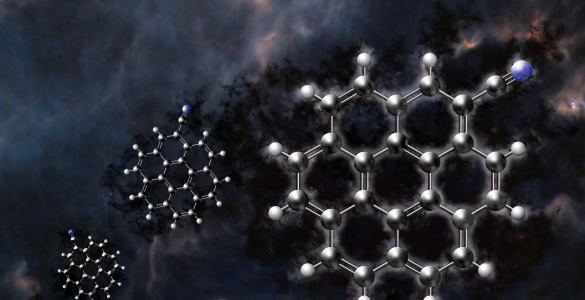
A team of chemists and astronomers have made a groundbreaking discovery in the field of astrochemistry: the identification of…
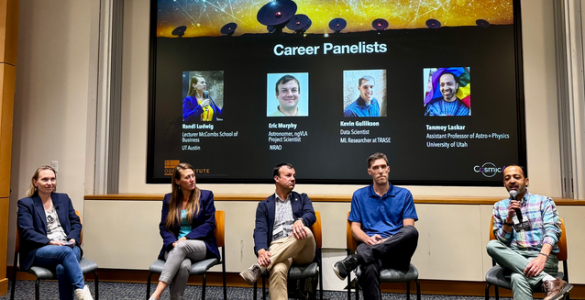
This news was originally shared by the NSF-Simons AI Institute for Cosmic Origins. Read the full story here. In…
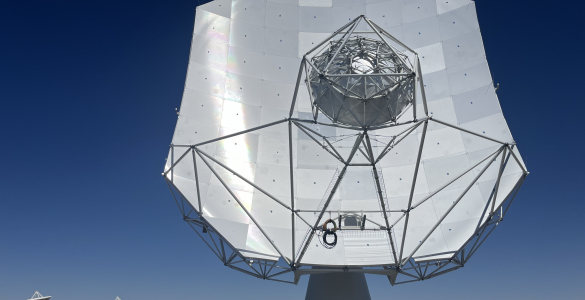
The U.S. National Science Foundation National Radio Astronomy Observatory (NSF NRAO) and Johns Hopkins University (JHU) are thrilled to…
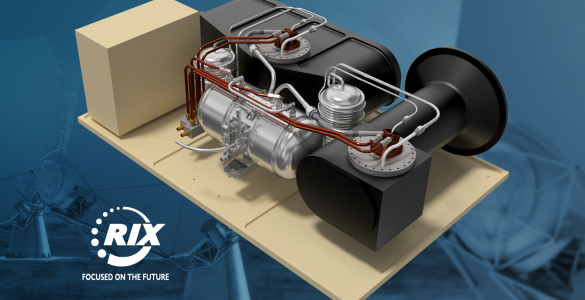
The U.S. National Science Foundation National Radio Astronomy Observatory (NSF NRAO) is excited to announce a collaboration with RIX Industries to explore innovative cryogenic cooling solutions for the Next Generation Very Large Array (ngVLA)
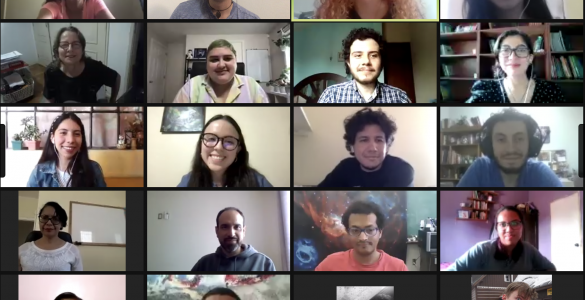
Cenca Bridge, an internationally recognized nonprofit organization dedicated to fostering scientific research and education among marginalized students in Central…
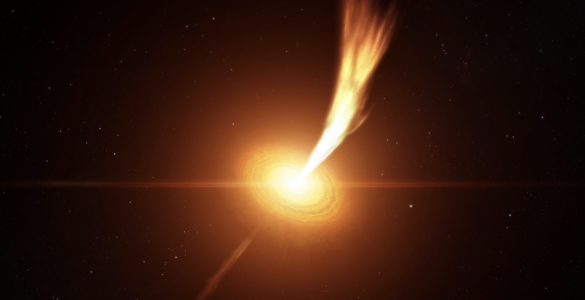
The new NSF VLBA New Digital Architecture (VNDA) produced its first fringes and subsequent images in January 2025, demonstrating the successful implementation of next-generation technology that will enhance the NSF VLBA’s scientific capabilities for years to come.





